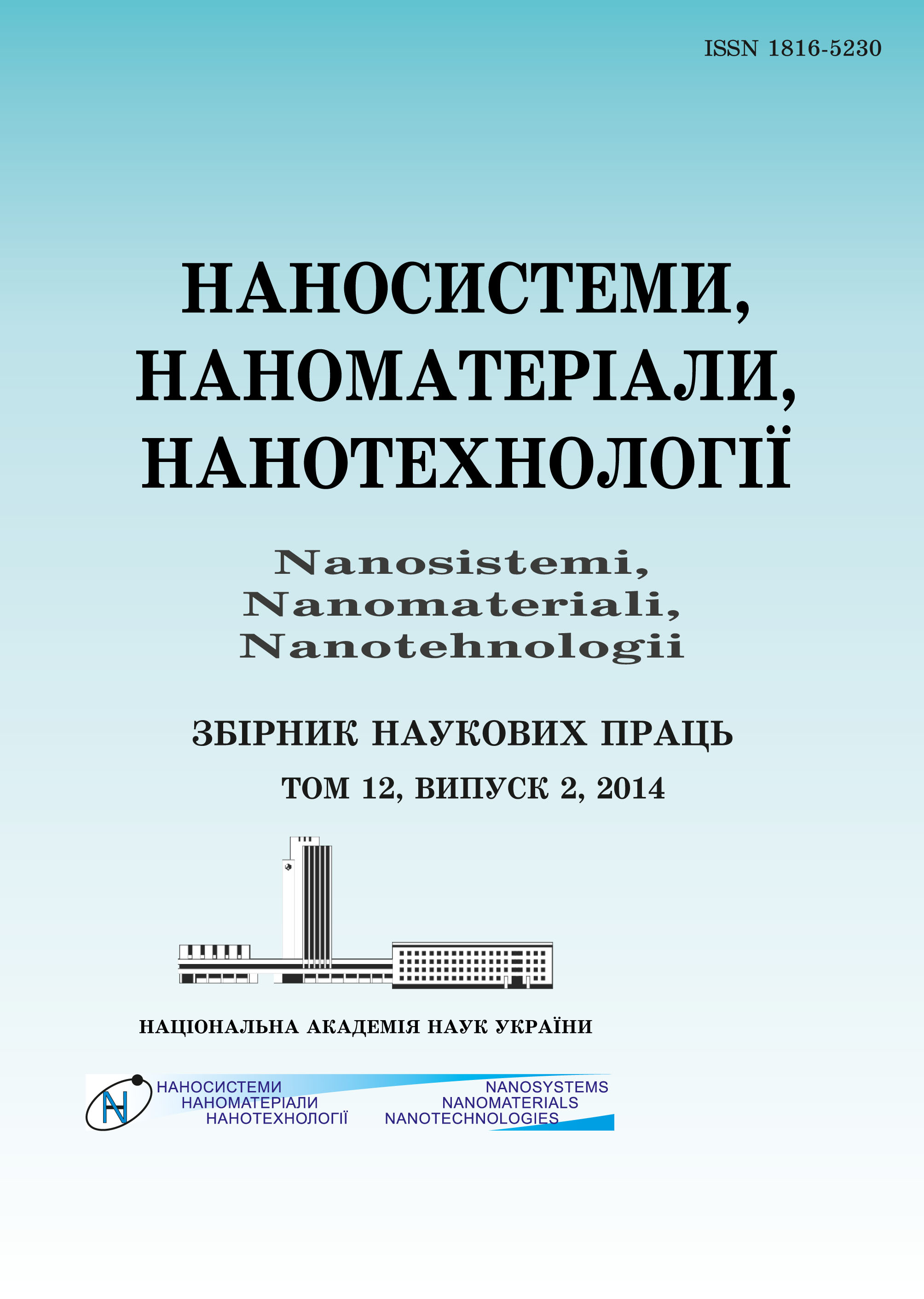|
|
|||||||||
 |
Year 2021 Volume 19, Issue 1 |
|
|||||||
|
|||||||||
Issues/2021/vol. 19 /Issue 1 |
B. Zaidi, C. Shekhar, S. Gagui, K. Kamli, Z. Hadef, B. Hadjoudja, B. Chouial
«Annealing and Hydrogenation Effects on the Electrical Properties of Polysilicon Thin Films»
0133–0138 (2021)
PACS numbers: 68.55.Ln, 73.50.Gr, 73.61.Cw, 73.63.Bd, 81.07.Bc, 81.40.Rs, 81.65.Rv
The electrical parameters of the microelectronic devices are limited by the presence of the grain boundaries, including dangling bonds, which can represent states with minority carrier traps. The improvement of photovoltaic efficiency requires a good understanding of the phenomenon of solidification, which varies with temperature. In this work, we study the influence of the annealing temperature and hydrogenation on the electrical conductivity and resistivity. The changes in resistivity as a function of heat treatments show that their overall contribution becomes important with increasing temperature before becoming dominant. The analysis by induced current shows the effect of recombinant grain boundaries and electrical activity.
Keywords: polysilicon, electrical conductivity, trap states, grain boundaries
https://doi.org/10.15407/nnn.19.01.133
References
1. B. Zaidi, S. Belghit, C. Shekhar, B. Hadjoudja, and B. Chouial, Nanosistemi,Nanomateriali, Nanotehnologii, 16, No. 4: 713 (2018); https://doi.org/10.15407/nnn.16.04.7132. S. Kumar and A. Dvivedi, Materials Science in Semiconductor Processing,1021: 504584 (2019).
3. B. Zaidi, I. Saouane, and C. Shekhar, Silicon, 10: 975 (2018).
4. O. Tuzun Ozmen, M. Karaman, S. H. Sedani, H. M. Sagban, and R. Turan,Thin Solid Films, 6891: 5137451 (2019).
5. R. Deng, N. L. Chang, Z. Ouyang, and C. M. Chong, Renewable and Sus-tainable Energy Reviews, 109: 532 (2019).
6. H. Movla, Optik, 125: 67 (2014).
7. H. Zhang, K. Nakada, and M. Konaga, Thin Solid Films, 628: 214 (2017).
8. R. Mahamdi, F. Mansour, E. Scheid, B. T. Boyer, and L. Jalabert, JapaneseJournal of Applied Physics, 40: 6723 (2001).
9. Y. Xi, X. Wang, and C. Lang, Surf Eng., 31: 770 (2015).
10. V. G. Dyskin and M. U. Dzhanklych, Applied Solar Energy, 51: 83 (2015).
11. G. Masetti, M. Severi, and S. Solmi, IEEE Trans. Elec. Dev., ED30: 764(1983).
12. T. Sameshima, H. Hayasaka, M. Maki, A. Masuda, T. Matsui, andM. Kondo, Japanese Journal of Applied Physics, 46: 1286 (2007).
13. M. Mekhalfa, B. Zaidi, B. Hadjoudja, B. Chouial, and A. Chibani, SurfaceEngineering, 36: 27 (2020).
14. B. Ai, H. Shen, Z. Liang, Z. Chen, G. Kong, and X. Liao, Thin Solid Films,497: 157 (2006).
15. C. H. Seager, D. J. Sharp, and J. K. G. Panitz, J. Vac. Sci. Technol., 20: 430(1982).
16. B. Zaidi, B. Hadjoudja, B. Chouial, K. Kamli, A. Chibani, and C. Shekhar,Silicon, 10: 2161 (2018).
17. N. Lifshitz, J. Elec. Soc., 130: 2464 (1983).
18. B. Zaidi, C. Shekhar, B. Hadjoudja, B. Chouial, R. Li, M. V. Madhava Rao,S. Gagui, and A. Chibani, Silicon, 8: 513 (2016).
19. S. Honda, T. Mates, M. Ledinsky, J. Oswald, A. Fejfar, J. Kocka, T. Yama-zaki, Y. Uraoka, and T. Fuyuki, Thin Solid Films, 487: 152 (2005).
 This article is licensed under the Creative Commons Attribution-NoDerivatives 4.0 International License ©2003—2021 NANOSISTEMI, NANOMATERIALI, NANOTEHNOLOGII G. V. Kurdyumov Institute for Metal Physics of the National Academy of Sciences of Ukraine. E-mail: tatar@imp.kiev.ua Phones and address of the editorial office About the collection User agreement |